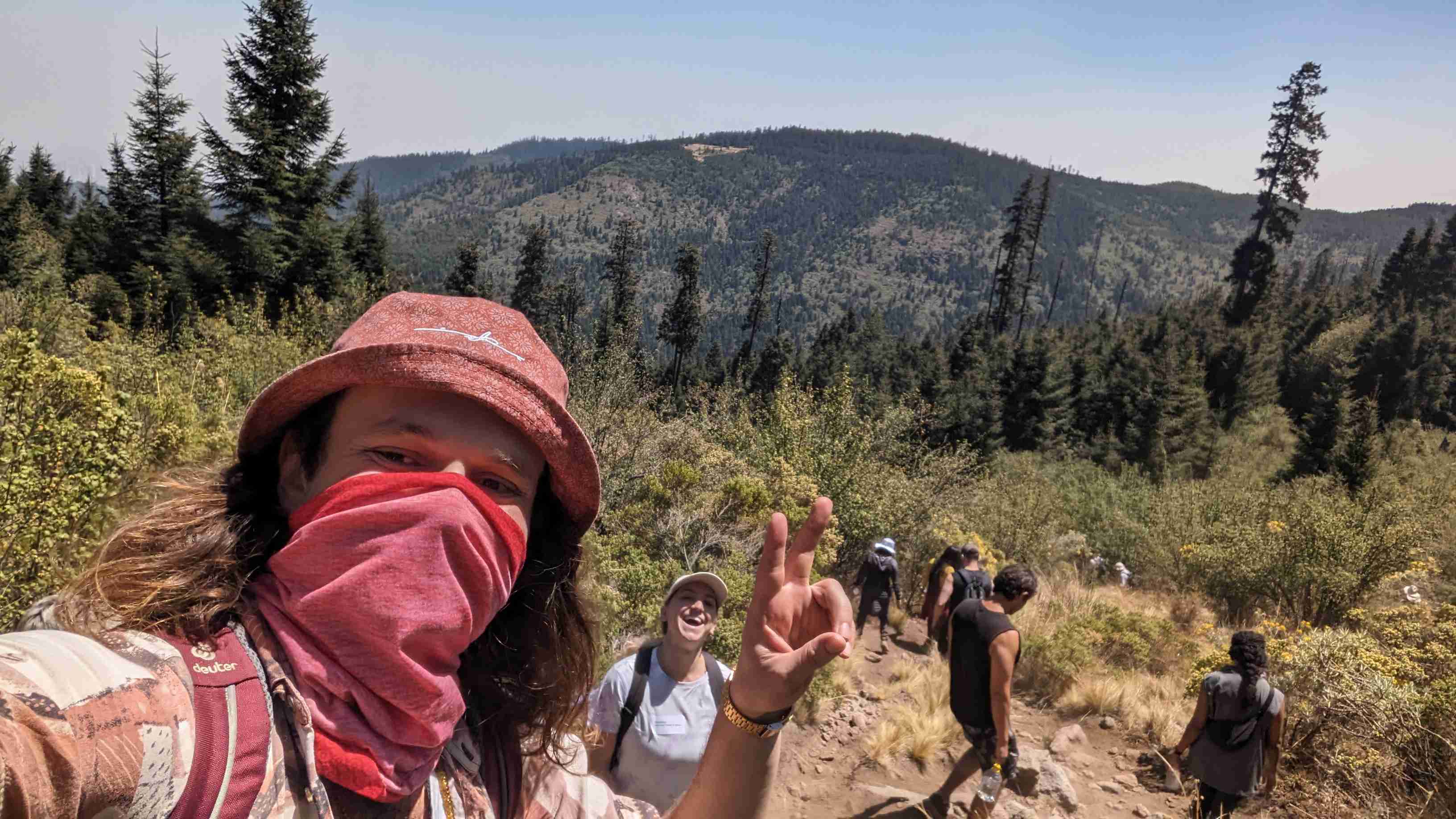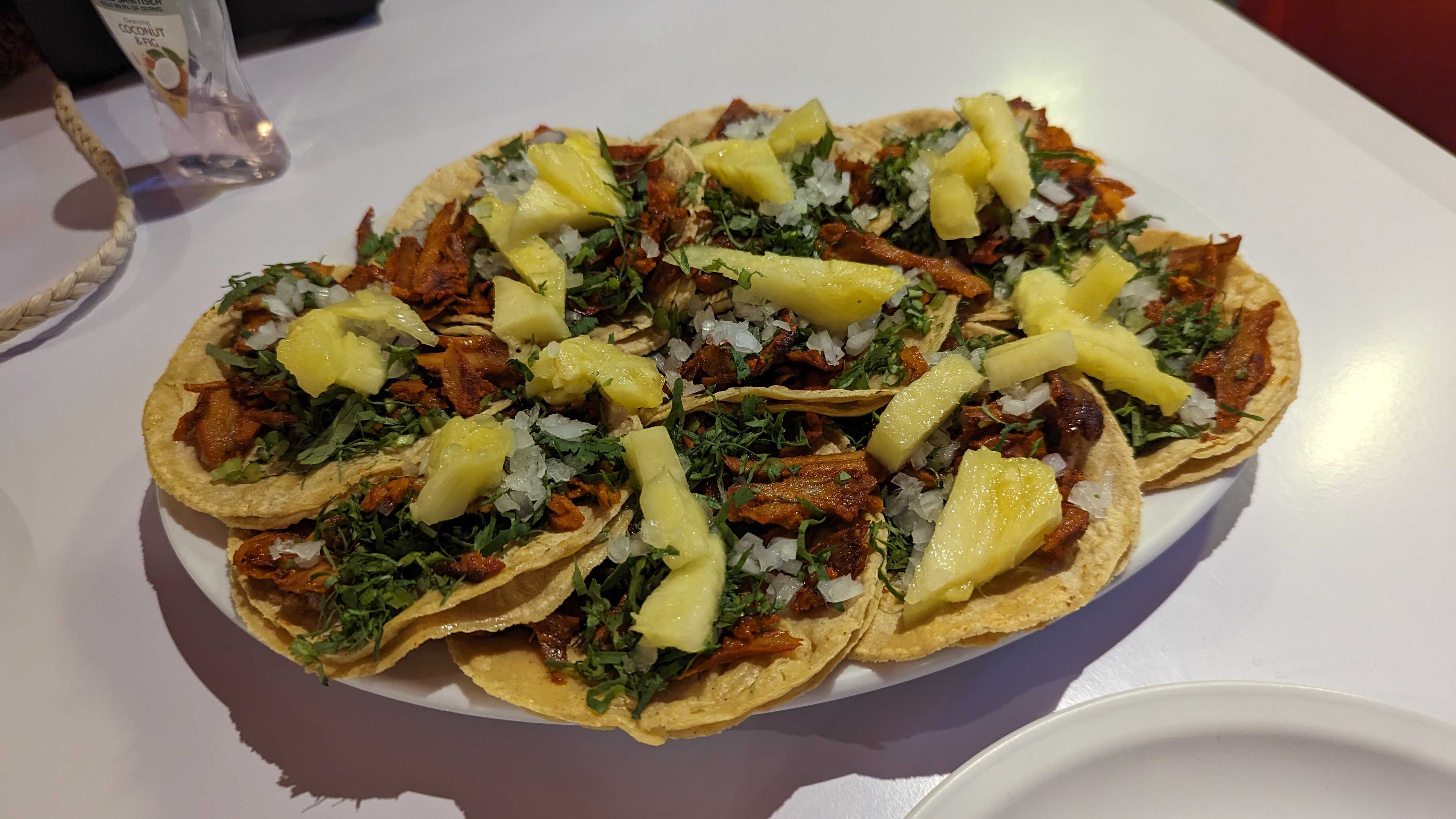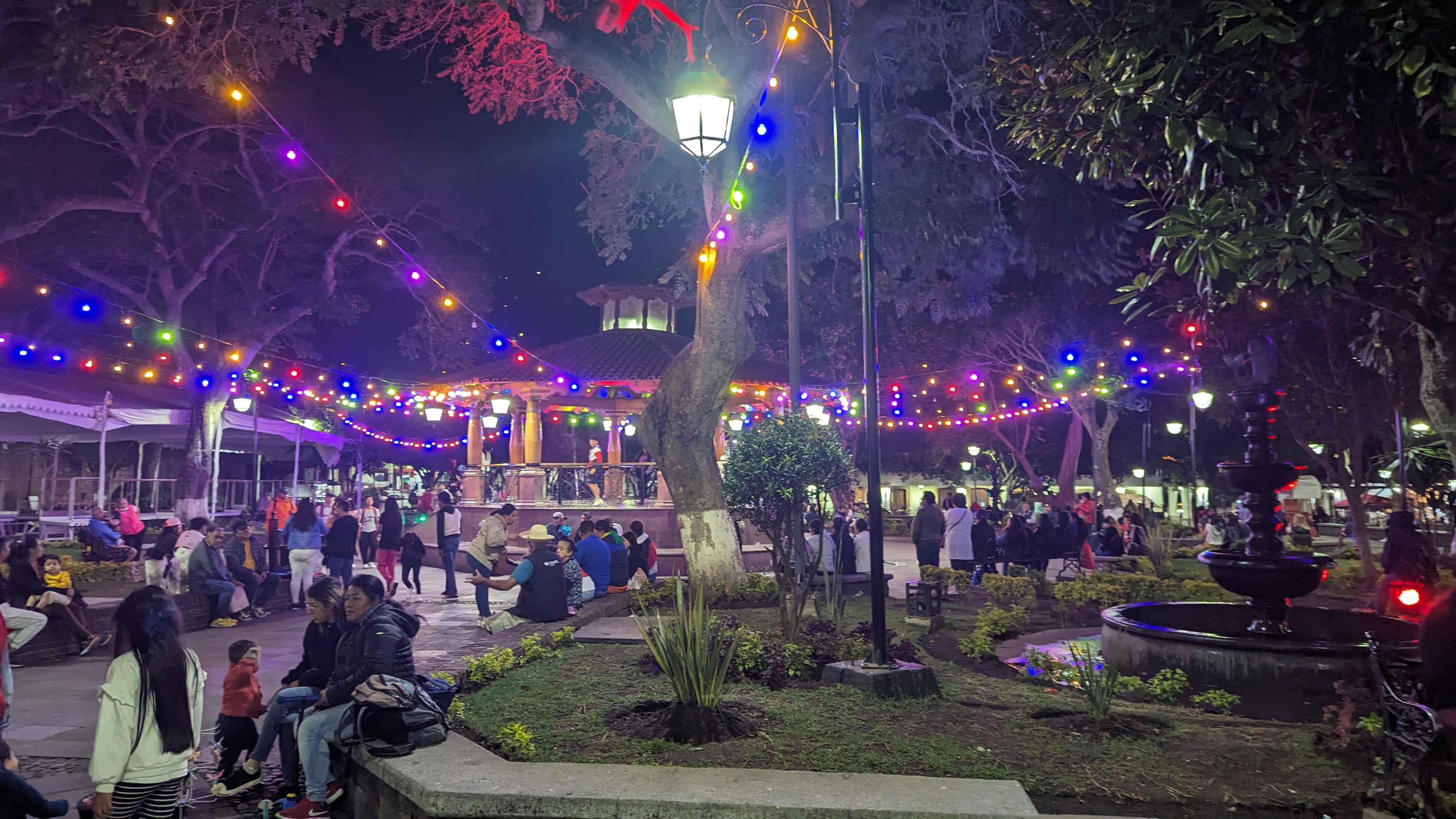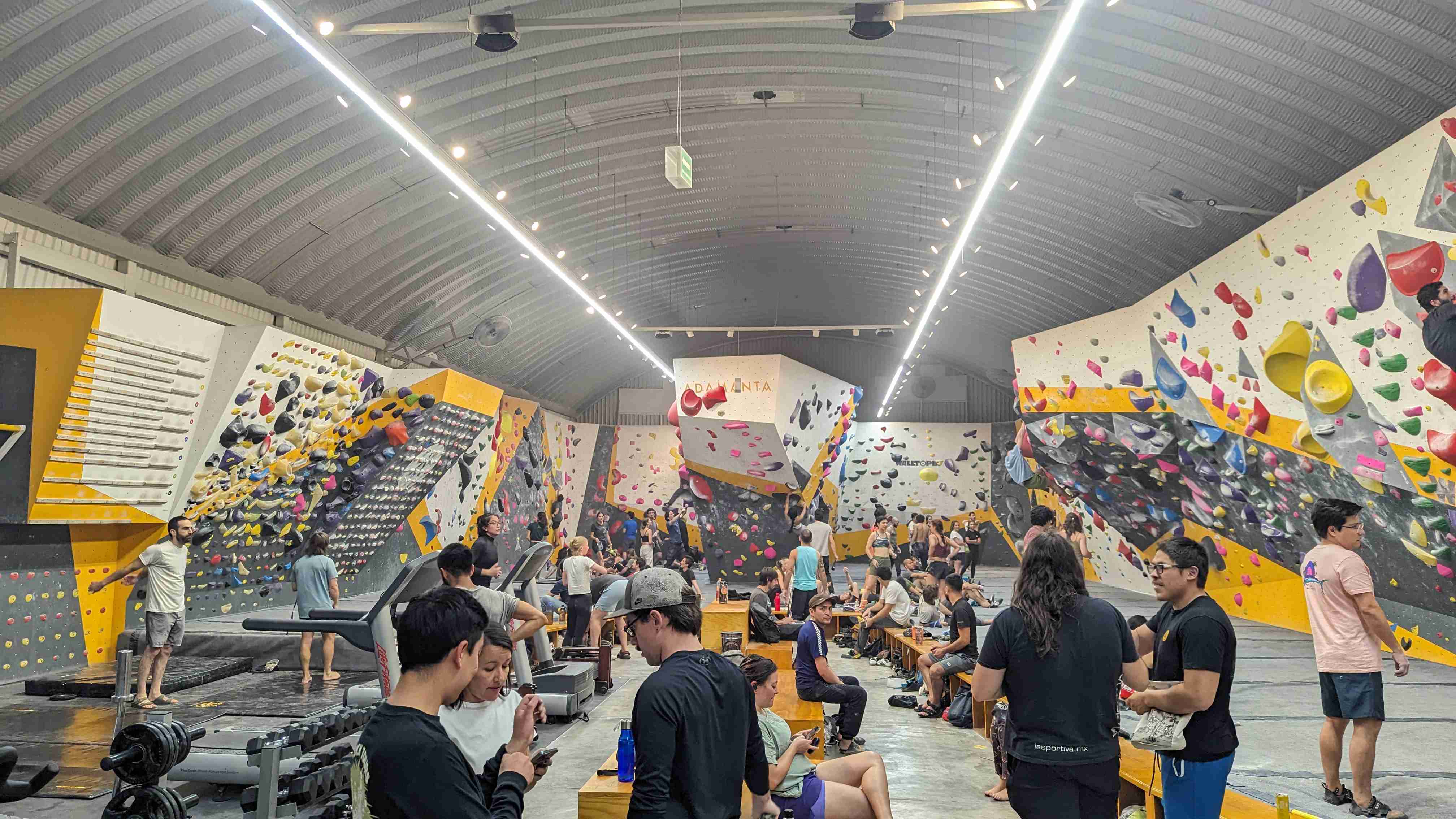5 challenges Mexicans face daily
Artificial intelligence was not used in the generation or editing of this blog post.
I’ve been visiting Mexico for the last two months after living for 10 years in Berlin. Here are 5 things that surprised me about life here compared to my experience living in both Germany, and home country of New Zealand.
Heat
 Hiking under the hot and dusty sun in Desierto de los Leones
Hiking under the hot and dusty sun in Desierto de los Leones
It’s no surprise Mexico is warm. But laying on the beach and sipping cocktails is a lot different than building up your weekly routine and running errands. In two months it’s only rained once, the temperature has topped 30 degrees for multiple weeks …and it’s still winter!
Of course there are benefits to consistently warm weather: not paying for heating, not being caught in the rain, and not having to own winter clothing. But when days pass without a single cloud, you’re forced to acknowledge the sun’s magnificence with the extra energy you need throughout the day, as well as costs for ventilation or cooling systems.
Water
 Cooling down in the seas of Holbox
Cooling down in the seas of Holbox
Locals say the temperatures recently haven’t been normal, and rumours that the water supply for the city will run out in July. As temperatures get even higher with global warming, reliable access to water will become a bigger problem over time.
Tap water isn’t drinkable, and water isn’t free in Mexico. You either have to buy a filter or purchase from a store. Accessibility and cost of drinking water seems like a problem that other more modernised countries haven’t seriously started thinking about.
Food safety
 A plate of delicious tacos al pastor
A plate of delicious tacos al pastor
Estimates state that 60% of businesses in Mexico are informal, which means they don’t fall under normal regulations, and don’t pay tax.
Low health and safety standards combined with consistent heat (a breeding ground for bacteria), result in risky dining situations. Locals seem to have developed immunities to a lot of the common illnesses but I’ve heard countless stories from foreigners that usually end up visiting pharmacy sponsored doctors (pills pills pills!).
It’s hard as a tourist to try the local, cheaper food at street stalls as it’s hard to not think you’ll get sick when stalls don’t have running water or refrigeration. Not only does this prevent foreigners from having a more authentic experience, it reduces much needed additional income for small businesses, which can help improve social mobility.
Electronics
 City square lights in Valle de Bravo
City square lights in Valle de Bravo
Not only is it hard to source quality electronics, but they’re often more expensive and have inconsistent consumer guarantees. E-commerce is also difficult due to unpredictable delivery times, and lack of locations to receive packages like drop-off stores or packet stations.
Power systems are also more volatile, with home power strips being rated at a certain levels and it’s suggested to protect expensive equipment with surge protectors.
Digital systems are generally slower, or not as feature complete. Checkout systems take longer, adoption of modern payment methods such as contactless aren’t as prevalent.
Population density
 Climbing gym in full action
Climbing gym in full action
Mexico City is huge! Home to 22 million people, and the country with the most Spanish speakers in the world. Having a huge amount of people living closely together generates its own unique problems.
Traffic can be terrible, and it’s best to avoid rush hour between 8am-10am, 4pm-6pm. Even walking as a pedestrian or a cyclist you can feel the pollution significantly. The consistent traffic combined with heat and dust from dryness means that air quality is generally lower.
Conclusion
Consistent heat and limited access to water increases difficulty with basic tasks, high population density affects mobility around the city, and low quality electronics affects modernisation. This all affects social mobility as everything requires more energy and is more expensive.
With the climate crisis these inequalities are only likely to get worse over time. I hope one day I can contribute in my own way to help it.